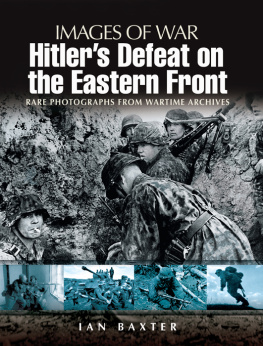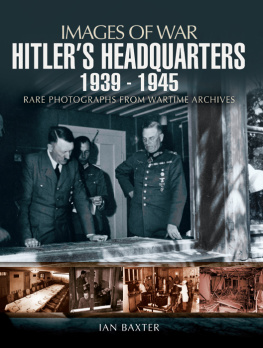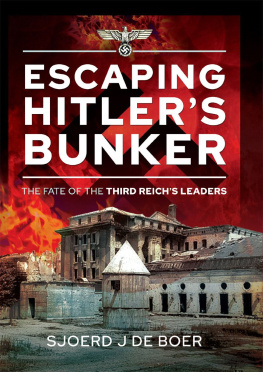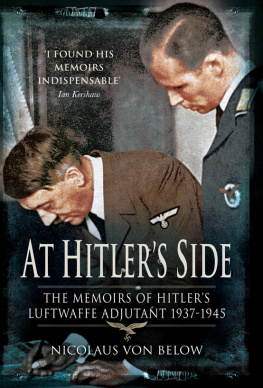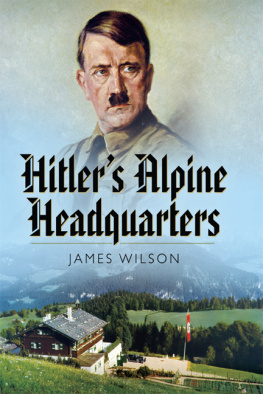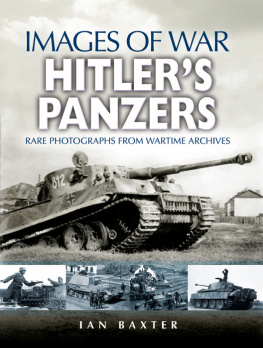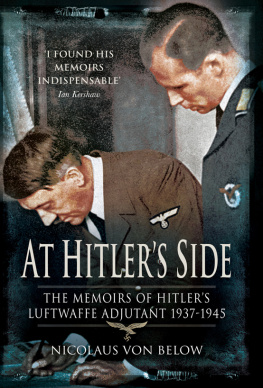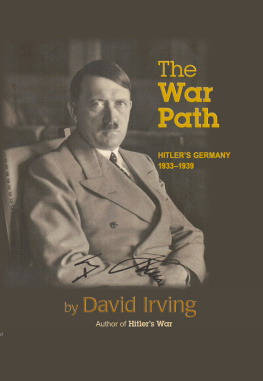
First published in Great Britain in 2011 by
PEN & SWORD MILITARY
An imprint of
Pen & Sword Books Ltd
47 Church Street
Barnsley
South Yorkshire
S70 2AS
Copyright Ian Baxter, 2011
ISBN 978-1-84884-628-9
eISBN 978-1-84468-896-8
PRC ISBN 978-1-84468-897-5
The right of Ian Baxter to be identified as author of this work has been asserted by him in
accordance with the Copyright, Designs and Patents Act 1988.
A CIP catalogue record for this book is available from the British Library.
All rights reserved. No part of this book may be reproduced or transmitted in any form or by any means, electronic or mechanical including photocopying, recording or by any information storage and retrieval system, without permission from the Publisher in writing.
Typeset by Concept, Huddersfield, West Yorkshire
Printed and bound in England by CPI UK
Pen & Sword Books Ltd incorporates the Imprints of Pen & Sword Aviation, Pen & Sword Family History, Pen & Sword Maritime, Pen & Sword Military, Pen & Sword Discovery, Wharncliffe Local History, Wharncliffe True Crime, Wharncliffe Transport, Pen & Sword Select, Pen & Sword Military Classics, Leo Cooper, The Praetorian Press, Remember When, Seaforth Publishing and Frontline Publishing.
For a complete list of Pen & Sword titles please contact
PEN & SWORD BOOKS LIMITED
47 Church Street, Barnsley, South Yorkshire, S70 2AS, England
E-mail:
Website: www.pen-and-sword.co.uk
Contents
About the Author
I an Baxter is a military historian who specialises in German twentieth century military history. He has written more than thirty books and over 150 periodicals for various military journals. He has also reviewed numerous military studies for publication, supplied thousands of photographs and important documents to various publishers and film production companies worldwide, and lectured to various schools, colleges and universities throughout the United Kingdom and Southern Ireland.
Other books by Ian Baxter
Poland The Eighteen Day Victory March
Panzers in North Africa
The Ardennes Offensive
The Western Campaign
The 12th SS Panzer-Division Hitlerjugend
Blitzkrieg 19391942
The Waffen-SS on the Western Front
The Waffen-SS on the Eastern Front
The Red Army at Stalingrad
Elite German Forces of World War Two
Armoured Warfare
German Tanks of War
Blitzkrieg, Panzer-Divisions at War
Hitler's Panzers
German Armoured Vehicles of World War Two
Last Two Years of the Waffen-SS at War
German Soldier Uniforms and Insignia
German Guns of the Third Reich
Defeat to Retreat: The Last Years of the German Army at War 19431945
Operation Bagration the destruction of Army Group Centre June/July 1944
German Guns of the Third Reich
Rommel and the Afrika Korps
U-Boat War
Steel Bulwark Panzerwaffe 19431945
Road of Destruction Operation Blue and the march of the Sixth Army to Stalingrad Stalingrad
Last Years of the Panzerwaffe 19431945
Auschwitz Images of War
Rudolf Hoss the commandant of Auschwitz
SS of Treblinka
Crushing of Poland
Hitler's Defeat on the Eastern Front 19431945
Battle in the Baltics 19441945
Hitler's Mountain Troops
Wolf's Lair
Second Battle of Kharkov
Battles of Army Group North 19411944
Battle of Army Group Centre 19411944
Western Front 1940
Steel Bulwark Last Years of the Panzerwaffe 19431945
Operation Typhoon 1941
The Last Rally: The German Defence of East Prussia, Danzig and Pomerania 194445
German Retreat to the Reich
Final Days of the Reich
Chapter One
A Year of Decision
Fhrersonderzug and Reich Chancellery,
1939-1940
B y the summer of 1939 all military preparations for the planned attack against Poland, code-named Case White (Falls Weiss), had been issued to the armed forces. As the second half of August 1939 began, German military chiefs pushed forward their final plans to destroy Poland and liberate its western parts from an area that was predominantly German. On 22 August Adolf Hitler summoned his principle Eastern Front commanders to his mountain retreat at the Berghof on the Obersalzberg and elaborated on his military plans. Speaking with eagerness he told his generals that the war with Poland would be a different type of warfare, not like the dehumanizing years of trench warfare in the 1914-18 war, but a new concept: Blitzkrieg, a swift all out attack of such force and ferocity that victory would be secured quickly and decisively.
As a storm began to brew outside he told his captivated audience that they should display an iron nerve, even if the West wanted war, it was vital, he said, to crush every living spark out of Poland rapidly and, if needed, brutally. In one of his most arrogant and uncompromising moods he concluded, I have done my duty, now go out and do yours. Commander-in-Chief of the Army, General Walther von Brauchitsch assured his Fhrer the Wehrmacht would do its duty. He then leaped to his feet and dismissed the whole audience telling them, Gentlemen to your stations.
A few days later the planned attack against Poland for 26 August was temporarily postponed. Although the postponement much increased the mental strain and physical pressure on the men waiting in the fields, undergrowth and forests, Hitler and his commanders were confident that when the attack did come, it would be swift and victorious.
Six days later at 4.25am on 1 September, Hitler's Directive No. 1 for the planned invasion of Poland was finally unleashed.
Over the next few days Hitler and his commanders monitored the developments of the invasion from the Reich Chancellery in Berlin. In front of his commanders Hitler was in awe of the rapid progress of his forces. The campaign it seemed had undoubtedly taken on the character that was to remain for the few weeks that followed. Everywhere north, south and east the Polish front lines were shrinking, cracking slowly but surely under the massive German pressure.
During late morning on 3 September, after receiving the formal British ultimatum of withdrawing German troops from Poland, Hitler told his army adjutant to telephone General Erwin Rommel's protection battalion to expect the Fhrer to transfer to his HQ later that day.
A little after eight o'clock in the evening on 3 September 1939 under the cover of darkness, Hitler's motorcade arrived at the Anhalt railway station in Berlin. Hitler's Fhrersonderzug or Fhrer's special train, which had been moved from the Tempelhof depot, waited on the cordoned off platform preparing for its departure.
At nine o'clock the station's coloured signal lamps gave the all clear and the long train under the command of the stationmaster's whistle hauled out of the platform bound for the battlefield of Poland. On board the train there were nine or more personal adjutants, three or more press officials, several radio operators, a number of guests including the chief photographer, Heinrich Himmler's liaison officer, a representative of the Foreign Office, three valets, the chief driver and a deputy, ten SS-Begliet-Kommando men and ten Reich Railway catering service employees including waiters, cooks, kitchen maids and two silver cleaners, five railway-police officers, and three inspectors of the Reich Mail. Two motor convoys were directed wherever the Fhrersonderzug travelled and were available immediately when ordered. A squad of aeroplanes, commanded by Captain Baur, also followed the
Next page





